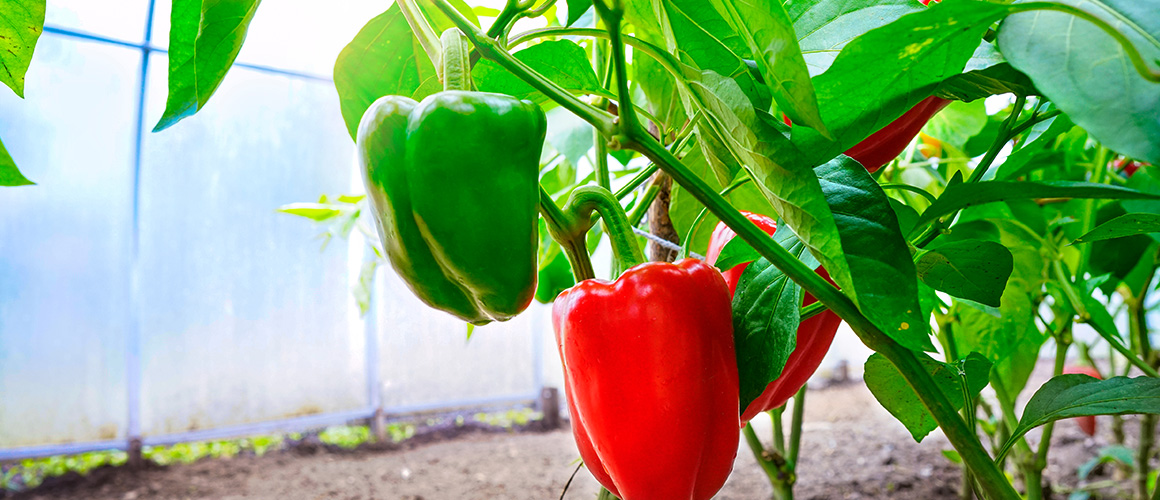
Project looks at rapid yield assessment using vision systems for vegetable crops
3 April 2019Advanced Stable Fly Management for Vegetable Producers
4 April 2019Tospoviruses infect a large number of horticultural crops, causing losses across the supply chain at all levels.
Species such as Tomato spotted wilt virus (TSWV) and Capsicum chlorosis virus (CaCV) are present in Australia,
while Groundnut bud necrosis virus (GBNV) and others are impacting crops oversees and represent a significant
biosecurity threat.
Existing methods for virus control in horticultural species are limited to natural resistance, prevention via hygiene,
and control of insect vectors; once the virus gains a foothold, there is no currently available commercial equivalent
of a pesticide to rid crops of its presence. Modern biotechnology offers new hope by supercharging the plant’s
innate antiviral processes in a directed manner. Artificial microRNAs (amiRNAs) are a tactic that uses a small
stretch of the virus’s own genome to direct the plant to attack the virus, making it highly specific and unlikely to
affect beneficial off-target species.
In this project, genomic sequence information for many tospoviruses was compiled forming an important source of
information. New software was developed to aid this process for viruses where sequence information didn’t
currently exist. AmiRNA constructs were designed to target all virus strains within a species, including those in
Australia and abroad. Comprehensive testing demonstrated that amiRNA constructs induced host resistance to
the targeted tospovirus. With multiple constructs developed for tospoviruses yet to reach Australia, this allows for
a rapid response should this biosecurity threat eventuate.
A key aspect of this project has been leveraging next-generation sequence data to provide a much greater
understanding of tospovirus/plant interactions. This includes in-depth knowledge of the plant’s inherent ability to
directly attack the virus via RNA silencing, how this response varies between different plants and tospovirus types,
and how the host plant modulates expression of its own genes under virus-induced stress with the virus-activated
small RNA pathway. This understanding can feed in to breeding programs, as important genes and regulatory
pathways involved in resistance have been identified.
